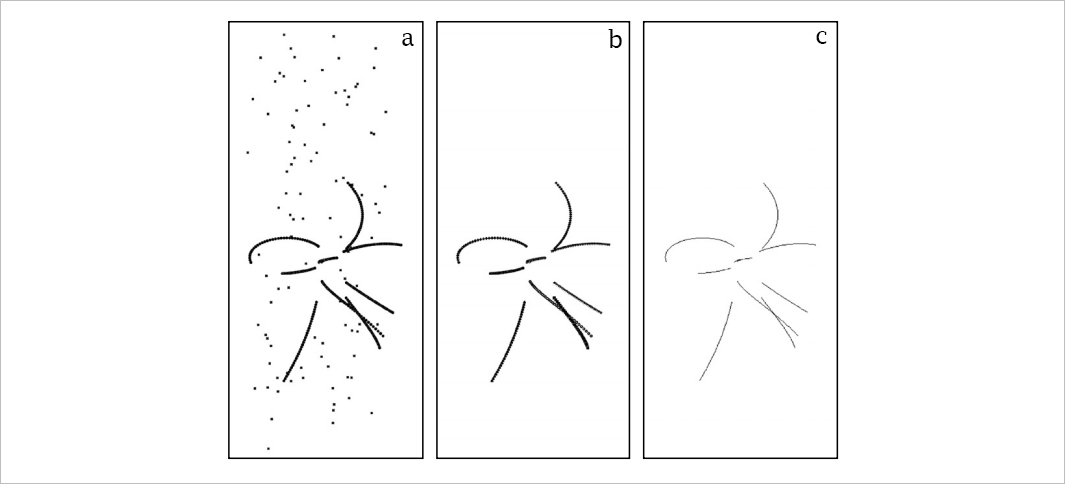Application of Hopfield Network in SPD track reconstruction
News, 17 July 2024
Scientists of the Meshcheryakov Laboratory of Information Technologies at JINR investigated methods for tracking simulated events of the SPD Experiment based on the Hopfield Neural Network by proposing optimisation of the energy function parameters of the neural network. The optimisation will improve the tracking results taking into account the specifics of the experiment. In addition, the researchers examined the applicability of quantum annealing to the issue of SPD tracking.
One of the key steps of processing experimental data in particle physics is the reconstruction of particle trajectories (tracks). For each particle interaction event, the aim is to figure out which hits (points in space where a particle was detected) were generated by the same particle. In the SPD Experiment planned at the NICA Collider, a particular difficulty will be caused by the extremely high frequency of interactions (3 MHz), which leads to overlapping of events during the data acquisition in the time-slice mode, as well as by the strong contamination of data by fake measurements due to the specifics of the track detectors.
 Visualisation of the SPD simulated events, 10 tracks, 100 noise hits: a) track and noise hits; b) hits grouped by track; c) track lines
Visualisation of the SPD simulated events, 10 tracks, 100 noise hits: a) track and noise hits; b) hits grouped by track; c) track lines
As far back as the 80s B. Denby and C. Peterson proposed using a Hopfiled Network (a fully connected recurrent network of binary neurons with as symmetric weight matrix) for tracking. A neuron in their network corresponds to a pair of hits, that is, a segment of a possible track. The weights of the network are set to ensure a smooth trajectory, that is a small angle between adjacent segments, rewarding smooth and non-branching tracks. While neuron activations move towards an equilibrium point, the energy function of the Hopfield Network approaches a minimum, which correspond to a good tracking result. Using simulated annealing allows to search for a global network energy minimum. Despite the initial success, the interest in using Hopfield for tracking faded quickly due to slow convergence, high sensitivity to background noise, and most importantly event multiplicity caused by the rapid increase of particle beam luminosity and advances of experimental technologies. However, recently, thanks to the progress of quantum computers and quantum annealing methods, which can drastically accelerate the evolution of Hopfield Networks, the interest in Hopfield Neural network tracking has been renewed.
In this work, authors investigated the applicability of Hopfield Network tracking to a set of simulated events, representing those expected in the SPD experiment. To achieve a good result, it was necessary to fine-tune weight parameters and the energy function of the network using metaparameter optimisation software.
Read more information about the paper “Application of Hopfield Network to SPD Track Reconstruction” in the preprint P11-2024-5 issued by the JINR Publishing Department. Authors: Martin Bureš, Ivan Kadochnikov, Alexander Kovalenko, Gennady Ososkov.